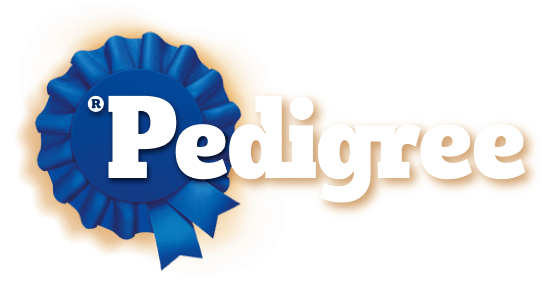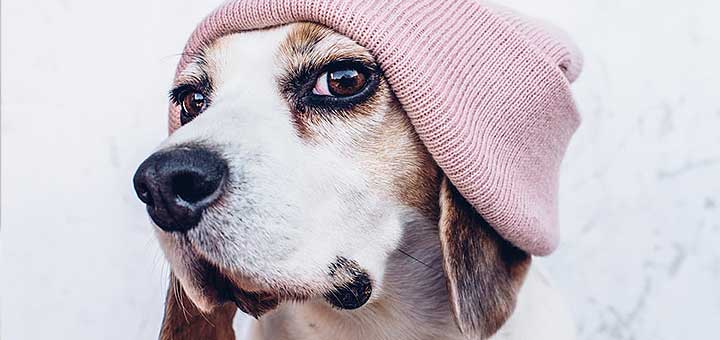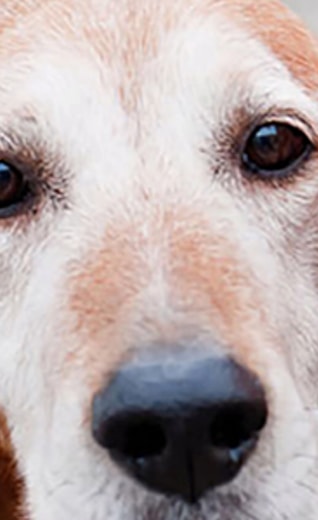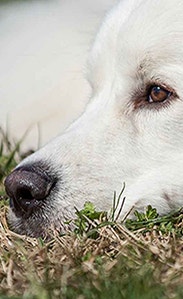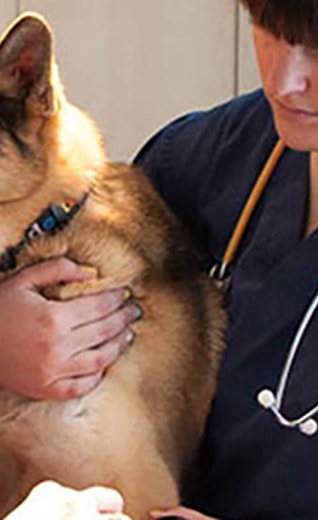
6 Ways to Help Your Small Dog Live Large
Chances are your little buddy has a big personality. And just because your loyal companion is short in stature doesn’t mean they need to miss out on any of life’s adventures. Here are six of our favorite ways to help your small dog live mightily:

1. Take Them to Work
If you’re lucky enough to work for a dog-friendly company, then take your small dog into the office with you! Not only are they easy to transport, they’ll bask in the attention from your coworkers and you’ll always be able to find someone to dog-sit for you if you have an important meeting. (Plus, your pup will keep your lap warm while you use your laptop, which is a definite workplace perk.) And keep in mind that bringing your dog into work has been scientifically proven to reduce your stress, boost your productivity and make you a happier employee.
2. Travel with Them
Small dogs make awesome travel companions. So whether you’re taking a plane, train or automobile, take your bestie with you. They’re portable, will love the new experiences and you’ll love the company. Check out our tips for traveling with a small dog to help them stay comfortable and safe throughout the trip.
3. Hit the Dog Park
Dog parks are perfect for letting your four-legged friend run around and have a ball! We suggest sticking to a park that has separate play areas for large and small pets. That way, neither of you has to worry about a larger dog getting too friendly or coming on too strong. Instead, you’ll just feel great knowing your small dog is exercising, socializing with lots of different dogs and having fun in a safe environment.
4. Head Out for a Hike
Who says only big dogs like to go for hikes? Not us! We know that small dogs are just as adventuresome and athletic as larger dogs. So take your pal to a national park or forest, or to a state park with dog-friendly trails. These locations are great for both simple day hikes or longer camping trips. Trust us, both you and your companion will benefit from the exercise and fresh air as you explore Mother Nature together.
5. Snap and Share Online!
Who can resist a petite pooch in their social feed? Grab your phone and share pics of your “little star” with your friends, family and followers. Whether it’s dressing up your dog in the world’s cutest Halloween costume or showing off their adorable snuggle mode, have fun sharing. Who knows, your dog could even become the next social media darling!
6. Give Them Big Nutrition
Even though your dog is small, they need food and treats carefully crafted to give them all the energy and nourishment they need to thrive. PEDIGREE® Small Dog products do just that — and they taste great, too. They also keep your pup’s immune system strong, their coat and digestive system healthy, and their teeth clean.
Here’s to living life to the fullest with your small-but-mighty sidekick!
